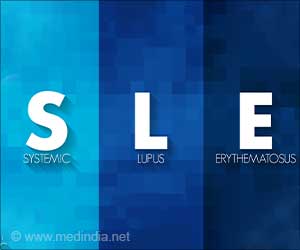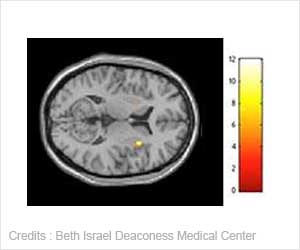The researchers found that the the majority of thermal fluctuations between the labels are short-lived events that could help improve the accuracy of genome mapping.
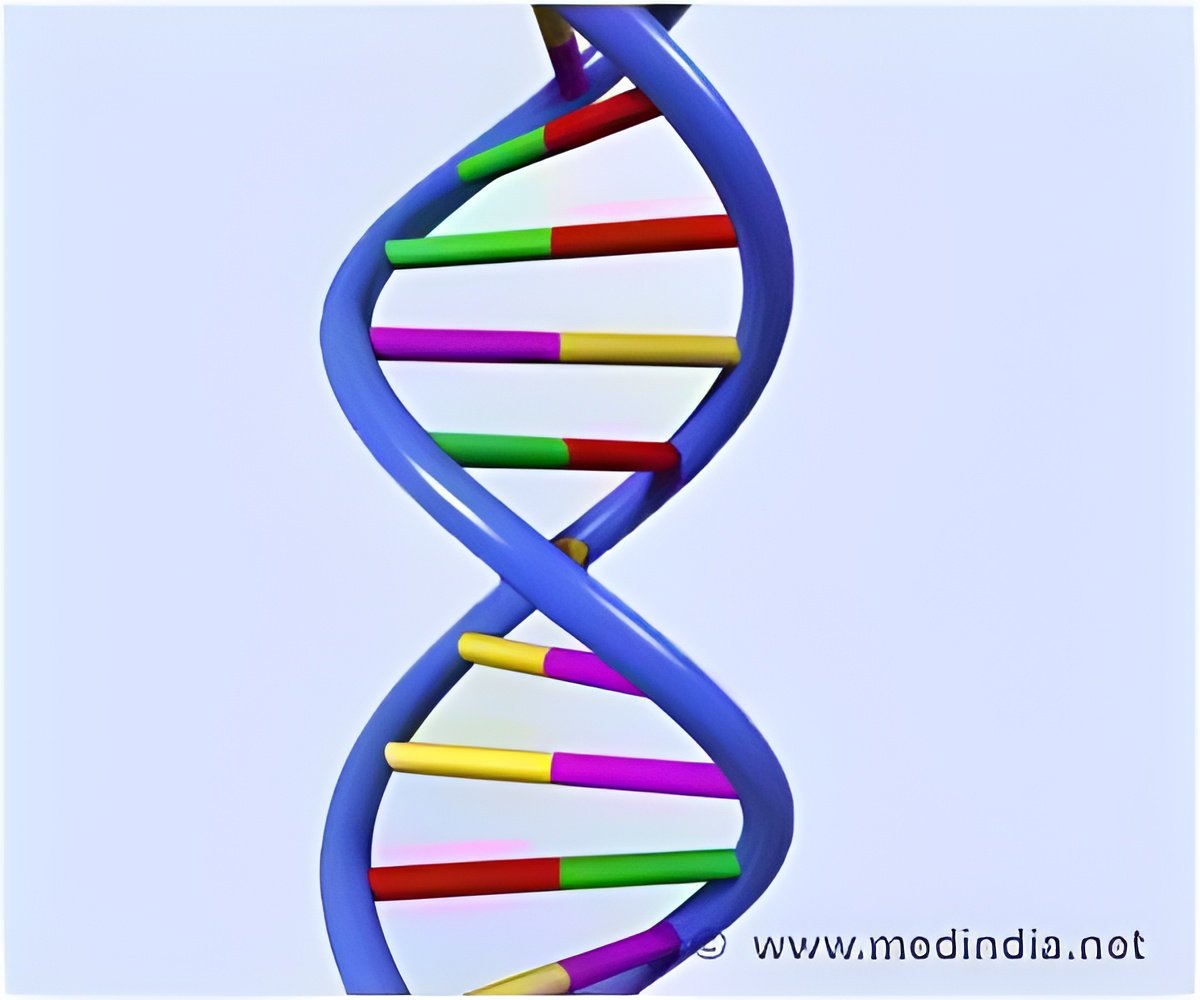
"Imagine that two labels on the DNA backbone are connected together by a spring that models the configurational entropy of the DNA between them," said Kevin Dorfman, a professor in the University of Minnesota's College of Science & Engineering. "If this was a harmonic spring ... then we would expect to see an equal probability of positive and negative displacements about the rest of the length of the spring."
Rather than this normal curve, however, Dorfman and his colleagues observed greater compression than extension between the labels, and found that the the majority of thermal fluctuations between the labels are short-lived events - information that could help improve the accuracy of genome mapping.
"Such improvements are especially important for complicated samples like cancer, where the cells are heterogeneous, so we need high accuracy to find rare events," Dorfman said.
Dorfman and his lab have been working with collaborators at San Diego-based BioNano Genomics over the past three years, through grants supported by the National Institutes for Health and National Science Foundation. He and his colleagues detail their work this week in Biomicrofluidics, from AIP Publishing.
A problem the researchers encountered with the traditionally used pulsed field gel electrophoresis method -- in which genome maps are constructed by dicing DNA sequences with restriction enzymes -- lay in reassembling the maps, as the conventional process sorts the fragments as a function of their size. In the nanochannel method, however the fluorescent labels stay ordered on each chain throughout. This allows the researchers to determine the content of the entire strands from their fluorescent barcodes, without having to reassemble them -- removing the reliance on a previously obtained map.
They then imaged the location of the labels using a digital camera. Whereas typical single-molecule studies of DNA in nanochannels report the statistics from dozens of molecules, the researchers' method involves thousands of molecules, each covered in a flurry of labels -- leading to millions of measurements of distances between the labels, which are essential to determining the probability distributions.
Source-Eurekalert
 MEDINDIA
MEDINDIA

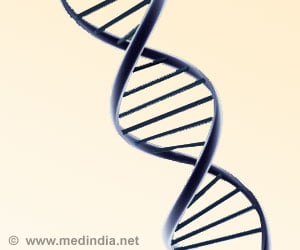

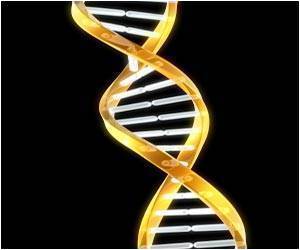
 Email
Email

